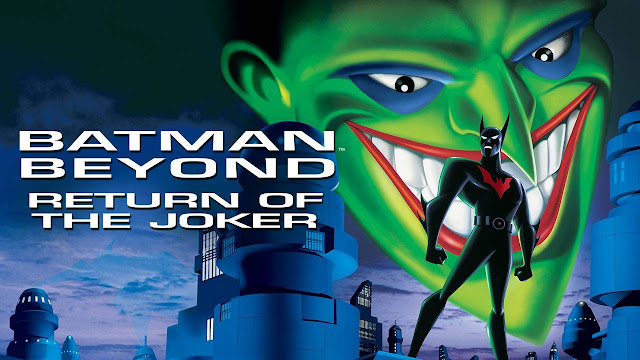PHENOMENALITY: *uncanny*
MYTHICITY: *good*
FRYEAN MYTHOS: *adventure*
CAMPBELLIAN FUNCTION: *psychological, sociological*
Back in the day comic book fans excoriated THE PUNISHER for committing the cardinal sin of not showing the hero in his distinctive costume. In those waning days of what I call the First Superhero Wave, Hollywood's first big-budget exploitation of the superhero genre, the producers at Carolco had no particular reason to please comics readers. Dolph Lundgren was the film's draw, and said producers may well have felt that putting him in simple dark clothes would make the character more acceptable to the audience that liked violent action movies. But the change I liked about PUNISHER was that it engaged with the vigilante fanaticism of the comics-character in such a way as to critique the fantasy somewhat while not turning the adaptation into an outright satire.
The premise both comic and film have in common is that Frank Castle loses his wife and child to vicious criminals, and so he conceives the notion of taking revenge not just on those who harmed him personally, but on all gangsters everywhere. For the five years since the movie-version has been operating, the fearsome figure of the Punisher has been murdering high-level mobsters and their gunmen. Castle, in this incarnation a former police officer, is generally believed to be dead, but his ex-partner Jake (Louis Gossett Jr.) suspects that Castle is the scourge of the underworld, his deadly presence testified not by a skull-faced costume but by throwing-knifes decorated with skull-symbols. Young police detective Samantha (Nancy Everhard) also wants to ferret out the vigilante's identity, but the only one who knows the Punisher's true nature is his informant, a washed-up actor named Shake (Barry Otto).
The hero's gang war, however, has consequences. Though a cabal of (implicitly Mafia) gang-bosses still runs illegal operations in New York City, the Japanese Yakuza moves in on the territory of the weakened American criminals. Rather than initiating an overt gang war, the sardonic Yakuza chieftain Lady Tanaka (Vivian Wu) has the children of the bosses abducted in order to force compliance. Most of the leaders cave, except for Gianni Franco (Jeroen Krabbe).
The Punisher, for his part, is just about to take some sort of holiday, hoping the hoods will all kill one another. Shake tells the hero that his depredations are the reason that the Yakuza moved in, and that he has to do something to save the kids. Though the Punisher shows no emotions-- a fine, affect-less performance by Lundgren-- he gives in to the actor's logic and raids one of the Yakuza's gambling dens.
The Yakuza capture the crusader and torture him, but Punisher escapes and rescues most of the children, excepting Tommy Franco, held in a different location. New York cops subsequently nab the vigilante, confirming the suspicions of ex-partner Jake. But Gianni Franco springs the gangster-killer, needing his help to free his son. Punisher and Franco manage to root out the Yakuza thugs, at which point Franco decides that it's time for a parting of the ways. Punisher manages to slay Franco, but the high point of the climax is not the hero's victory, but his surrender to the anguished Tommy, allowing the boy the chance to blast Punisher's head off if he wants to avenge his slain father.
The film's direction by Mark Goldblatt (whose only other director-credit was DEAD HEAT) is efficient but not especially impressive, so I tend to credit all the good scenes to scripter Boaz Yakin. One interesting line comes when Lady Tanaka interrogates the bound Punisher, asking the hero who sent him, and getting the deadpan response, "Batman." Yakin may have been included the jape for no reason but that Tim Burton's relatively big-budget BATMAN would come out that same year. Ironically, the success of the '89 Bat-flick would renew Hollywood's lapsed interest in comic-book (and comics-adjacent) properties. Over the next decade, producers began to treat the superhero film as another breed of potential blockbuster. PUNISHER, like the 1990 CAPTAIN AMERICA, was the last weak surge of the First Wave, but PUNISHER is far from the worst product of the period.


























